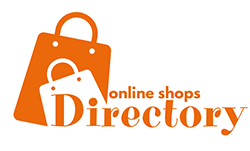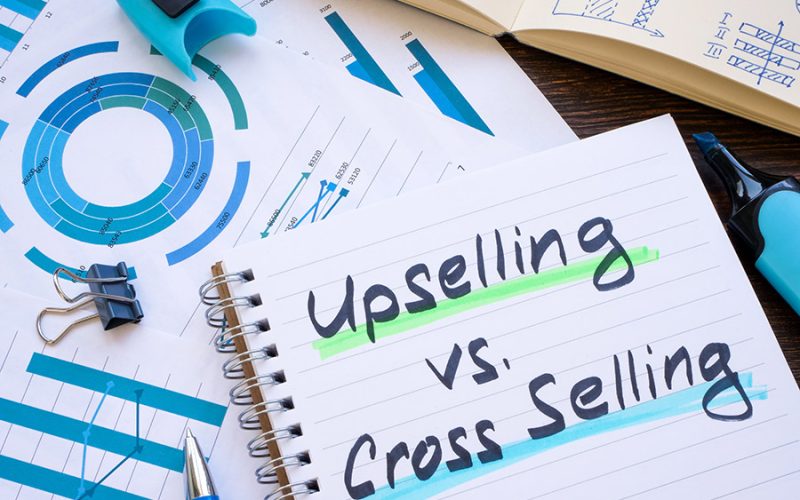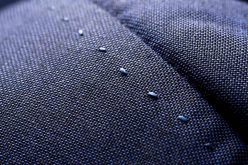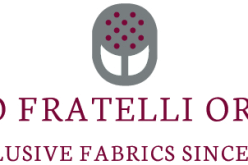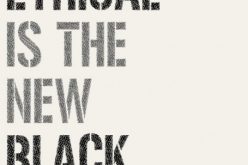What is Cross-Selling?
Cross-selling involves suggesting additional, complementary products to customers who are already considering a purchase. For example, if a customer is buying a dress, you might recommend a matching handbag or a pair of shoes. The goal is to enhance the customer’s shopping experience by offering items that complement their initial choice.
What is Upselling?
Upselling, on the other hand, is about encouraging customers to purchase a higher-end version of the product they are interested in. For instance, if a customer is looking at a basic jacket, you might suggest a premium version with better materials or additional features. The aim is to show the added value of the more expensive item.
Best Practices for Cross-Selling and Upselling
- Understand Your Products: Know the details of each product, including materials, features, and benefits. This knowledge helps you make relevant and appealing recommendations.
- Customer Segmentation: Analyze your customer base to understand their preferences and buying behaviors. Segmenting customers by demographics, lifestyle, and purchasing habits allows you to tailor your recommendations more effectively.
- Visual Merchandising: Use attractive displays to highlight complementary and premium products. Effective visual merchandising can draw attention to items that customers might not have considered otherwise.
- Personalized Recommendations: Use data and customer insights to offer personalized suggestions. For example, if a customer frequently buys casual wear, recommend accessories or shoes that match their style.
- Training Your Sales Team: Ensure your sales team is well-trained in the art of cross-selling and upselling. They should be knowledgeable about the products and skilled in making recommendations that feel natural and helpful to the customer.
- Leverage Technology: Use online tools and algorithms to suggest products based on customer browsing and purchase history. E-commerce platforms can automatically display “frequently bought together” or “customers also bought” items.
- Create Bundles: Offer product bundles at a discounted price. This can encourage customers to buy more items together, increasing the overall value of their purchase.
- Highlight Benefits: When upselling, focus on the benefits of the higher-end product. Explain how it offers better quality, more features, or greater durability, making it a worthwhile investment.
